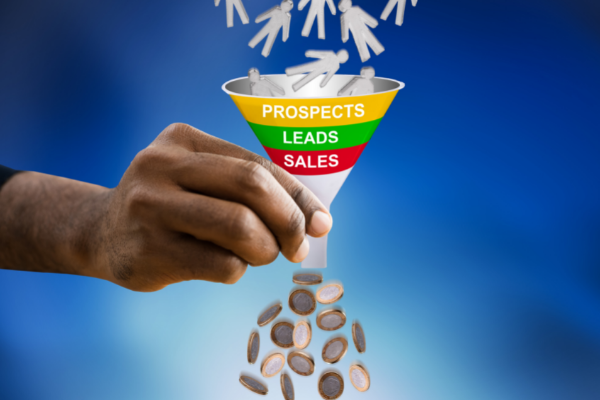There are many different types of leads in a business. Have you heard of a Marketing Qualified Lead (MQL) or a Sales Qualified Lead (SQL)? Do you know the difference? If you answered no, we're here to help you understand just that. If you answered yes, you’ll still want to continue reading to learn a thing or two about MQLs. In this blog, we'll address what Marketing Qualified Leads are in lead generation, what they aren't, how to identify them, and the best practices to follow up with them.
The main difference between an MQL and an SQL
A Marketing Qualified Lead is a potential customer that has been reviewed by the marketing team and is ready to be passed on to the sales team. MQLs can turn into customers if nurtured in the correct way but they aren't quite ready to commit to the buying process just yet. However, they do have the buyer persona you'd want. On the other hand, a Sales Qualified Lead is a potential customer that has been analyzed by both marketing and sales. They have made it through all the sales-qualified steps and are deemed ready for the sales process. SQLs are more likely to purchase a product than an MQL.
The basics of MQLs
For starters, in order to become a qualified lead, customers need to show some interest in your company. Their interest can send a signal to marketers that something is going well with their marketing efforts. Customers will become a marketing qualified lead by doing one of the following:
- Opting into email marketing or a different program
- Shopping on your site and adding items into their shopping cart
- Downloading your materials such as an ebook
- Viewing your blog posts, webinars, or newsletters
- Engaging with your social media posts
- Visiting the landing page of your website frequently from search engines such as Google or Bing
Basically, there are many ways a lead can be considered an MQL. All in all, MQLs are individuals who voluntarily shared their contact details - ideally first name, last name, and email address or phone number. And yes we did say the word “voluntarily”.
MQLs are at the top of the sales funnel while customers are at the bottom. Therefore, there's a lot of work to do to convert these MQLs and start selling to them. But, even though these leads are at the top of the funnel, you should still give yourself some credit for them: they are living proof that something in your marketing strategy has been working successfully!
How to identify qualified leads
Let's start with the basics. The first thing you're going to want to know are your buyer personas. Buyer personas are descriptions of people who meet your business' target audience. You may be thinking this is too basic, but this is the basis for deciding who is an MQL.
Once you have your buyer persona set, a company can set specific criteria, metrics, and qualifications to establish a Marketing-Qualified Lead. There then must be alignment between your sales team and the marketing team. Marketers and Sales Reps must both agree on what this means in order for you to master lead management, the lead funnel, and prospective customers at the same time. A common way to monitor MQLs is by looking at buyer journeys and historical behavior of customers.
You're going to need to know all relevant information about your customer base and the buying cycle so there are no pain points when addressing your MQLs. Be sure to take a close look at analytics around how customers interacted with your marketing assets. Marketers should also look at demographics of the MQLs including their company size, contact information, and their location.
An example of a best approach is to make sure you understand trends that your leads have in common as well as your company's competitive edge over other companies. Taking a look at these factors will help you establish everything you need from lead qualification to determining whether the lead is pushed through the pipeline to sales. Once you know how to identify quality leads, you'll be scoring your leads in no time. With lead scoring, you can prioritize your leads through a lead score process. This allows you to determine the value of leads, their level of interest, and the likelihood that they will purchase your product or service based on their behavior.
How to follow-up with MQLs
Once you know all you need to about your lead, that is the right time for your salespeople to make their sales pitch in hopes to convert them into customers. If you offer a product or service that allows a demo, this could be a good way to convert the person to buy the product or service you are selling.
You now have the power to establish the lead's readiness to purchase your product or service. The best way to follow-up is to use your content marketing strategy to funnel content specific to their alignment in the customer journey. Establishing an effective content marketing plan can help you nurture the lead to eventually convert them to an SQL and finally to a customer. At that point, they may just become a returning customer.
Remember, an MQL has shown interest in your company, but has not convinced you they're ready to undergo the buyer’s journey yet. Chances are they are interested in your company if they have provided you with their first and last name, an email address, or other point of contact for themselves.
In short, if you want high-quality leads, it won't happen overnight. While we have offered you some valuable information about MQLs as well as how to identify and follow-up with them, it can be a process to push them through the funnel and make them a first time customer. With that being said, if you're looking for some assistance, we'd be happy to provide marketing consulting services to get you on the right track. Don't hesitate to contact us today!





